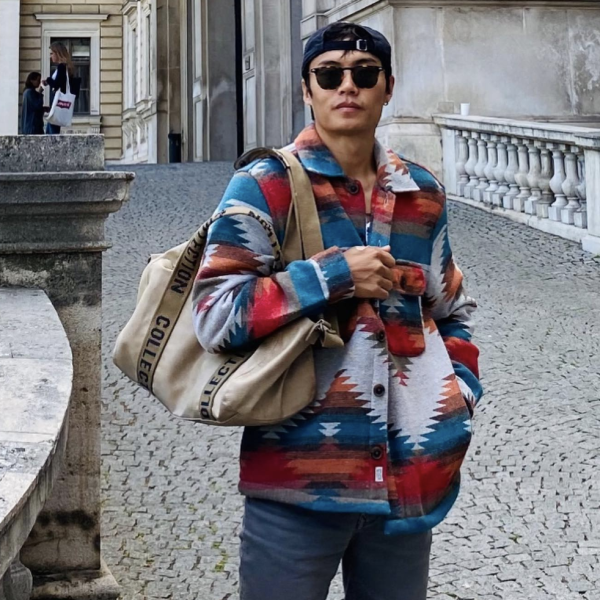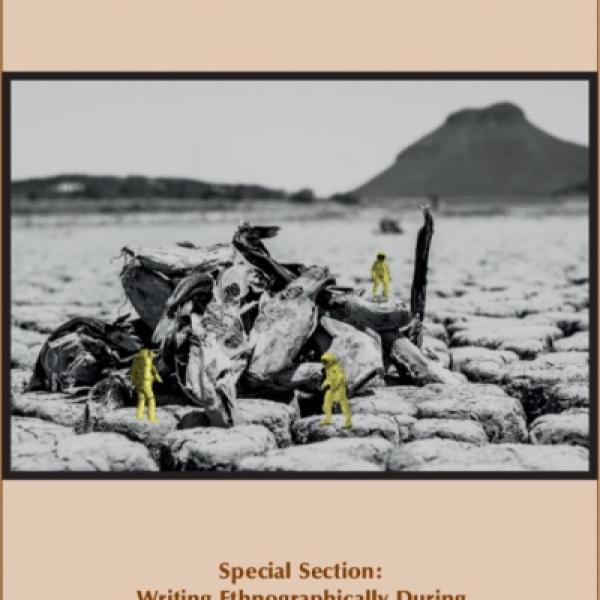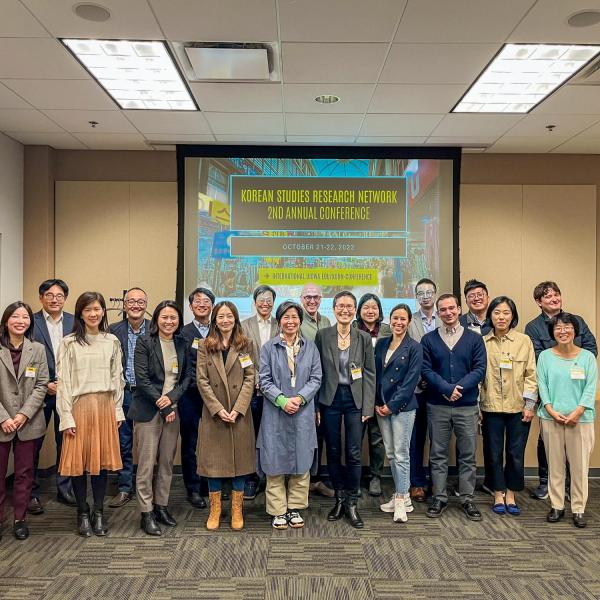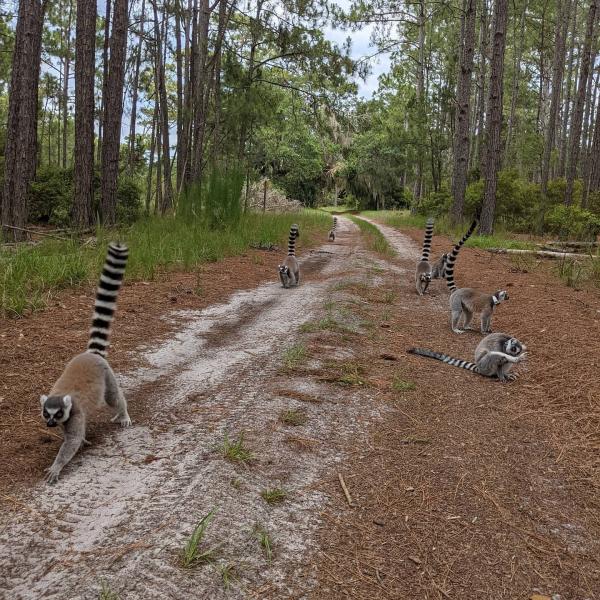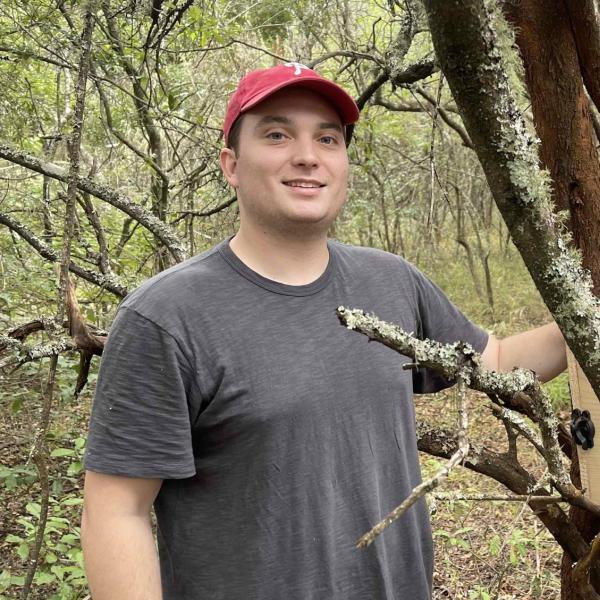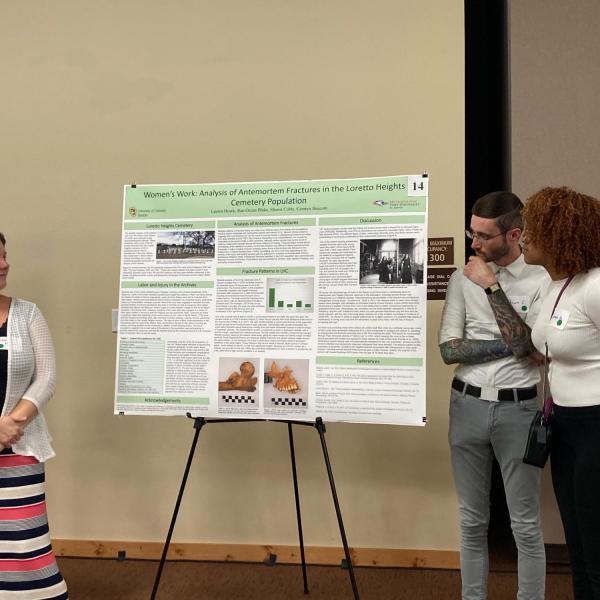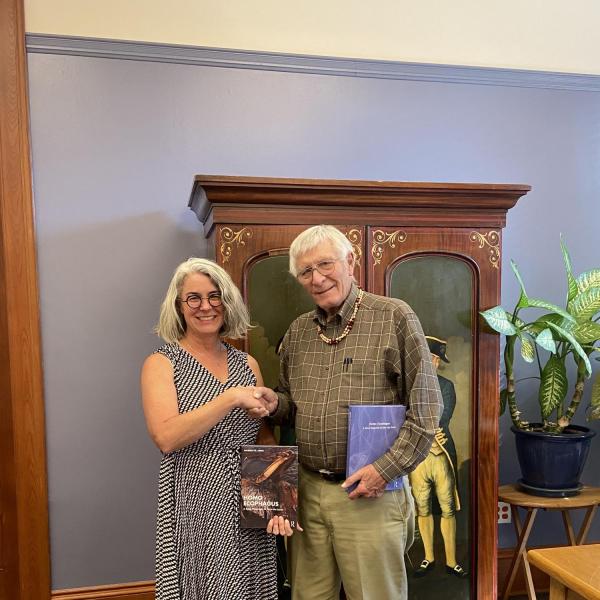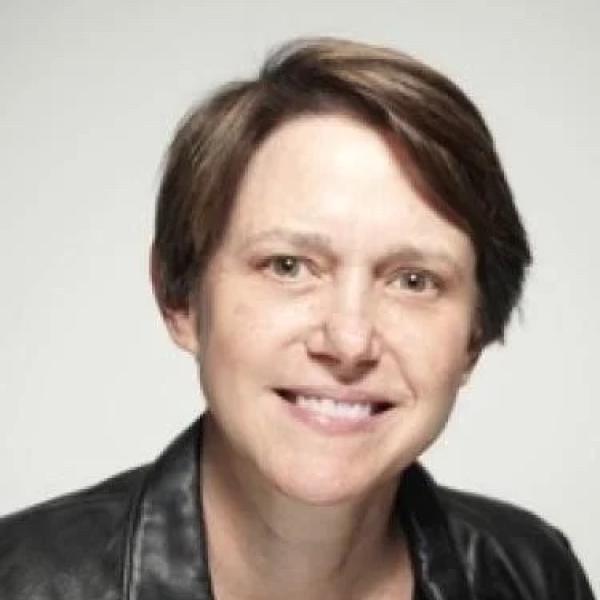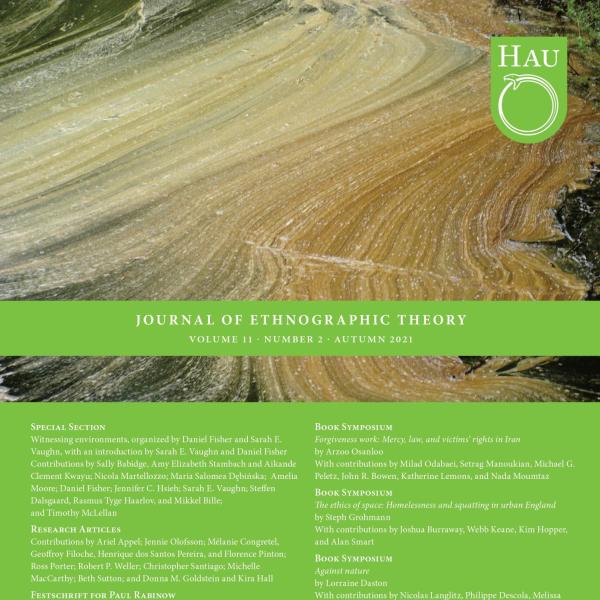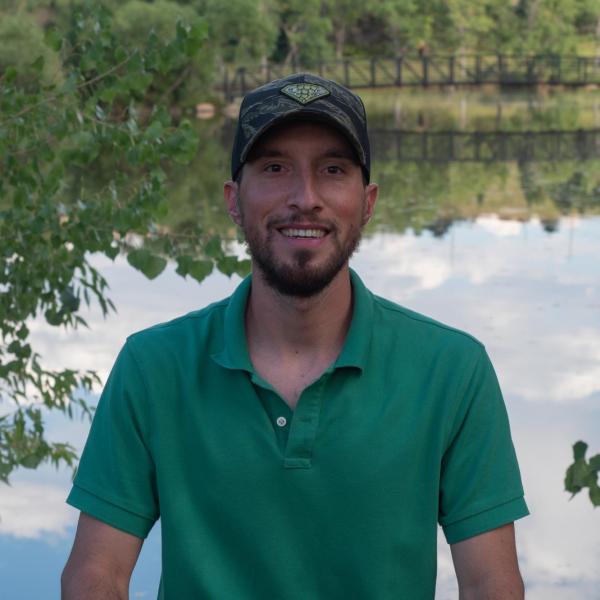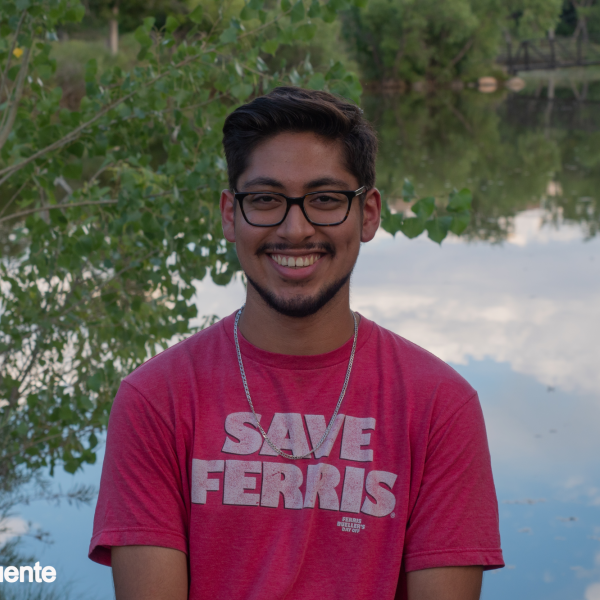Hale Herald - Winter Solstice 2022
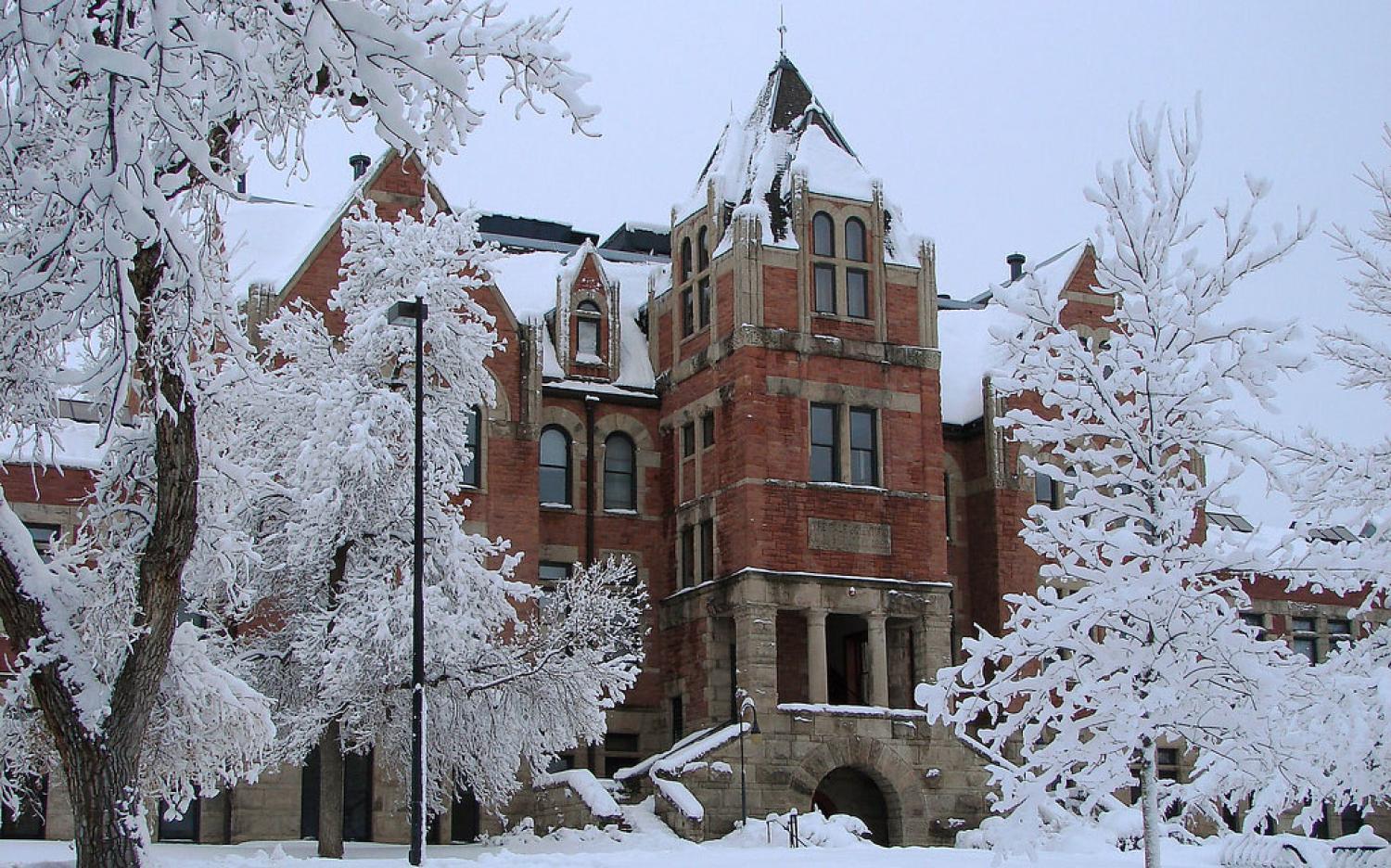
Chair's Letter
Solstice greetings from Hale!
It is the end of the semester, of a busy, packed semester for many of us, and just the time for a break. May you all find the rest and relaxation you need, whether it is through being outdoors or sitting by the fire inside, catching up on reading or writing, traveling or exploring, or all of the above. This issue we are debuting a new feature: What We’re Reading. If cozying up with a good book is on your list of things to do, we have suggestions for you!
Among our collective accomplishments this fall, I am pleased to announce that two new faculty members will be joining us in August 2023: biological anthropology professor Sharon DeWitte and archaeology professor Eric Jones. Professor DeWitte specializes in bioarchaeology, paleoepidemiology, and paledodemography, including past epidemics such as the medieval Black Plague. Professor Jones studies settlement patterns, landscapes and built environments, human-environment interactions, and demographic archaeology in the eastern USA. We look forward to all they will bring to the department.
Stay tuned for on-campus events this spring: UCLA cultural anthropology professor Bharat Venkat and CU biological anthropology professor Fernando Villanea will give the keynote lectures for our graduate student Recruitment Weekend, February 16-18. Our Distinguished Anthropologist series continues with archaeology professor Carlos Cordova, Oklahoma State University, February 10-14, followed by biological anthropology professor Katie Grogan, University of Cincinnati, March 13-17, and then by cultural anthropology professors Ken George and Kirin Narayan, both of ANU, on campus March 20-24. All are invited to join us for their public talks in Hale!
Finally, it was a pleasure to connect with so many alumni at the CU party at the AAAs in Seattle. We had much to celebrate – new books and publications, grants, jobs, research, babies, and a gorgeous sunset. As always, we welcome alumni news and updates; feel free to email me directly or share via the links on our department website. Please let us know what you are up to, and we look forward to seeing some of you at the upcoming SAA meeting in Portland (March 29-April 2) and AABA meeting in Reno (April 19-22).
Please read on to learn about the important work CU anthropologists are doing on campus and around the world.
With all good wishes for winter break,
Carole McGranahan, Chair
Graduate Student News
Sanggay Tashi Chosen for the AAA PoLAR First Article Mentoring Workshop
Chu May Paing Receives a Jacob Volkman Human Rights Fellowship
Page McClean Publishes "Crossing a River without a Horse."
Clara Lee Presents Paper at the KoRN Conference
Katie McGuire & Michelle Sauther Publish, "Characterizing Group and Individual Engagement in Intergroup Encounters Between Small Groups of Ring‑Tailed Lemurs (Lemur catta) on St. Catherines Island, USA."
Jack Dalton Receives a Leakey Foundation Research Grant
Faculty News
Donna Goldstein and Kristen Drybread Publish Public Anthropology Article in The Conversation
Lauren Hosek's Students Present Posters at the RMBA Conference
Dr. Warren M. Hern Publishes, "Homo Ecophagus: A Deep Diagnosis to Save the Earth"
Anthropology Affiliate Professor Kira Hall Designated Distinguished Professor
Donna Goldstein and Kira Hall's' Article Voted Best Published by the Editorial Collective
Department Spotlights
Faculty Winter 2022
Samantha Fladd (Assistant Professor, Curator of Archaeology)
Currently, I am exploring related projects that consider the analysis and digitization of the archaeological record through capacity building for a future comprehensive analysis of Yellow Jacket—a set of sites located in southwestern Colorado—and planning for a conference to discuss how to better acknowledge Indigenous rights to and views on the materiality of data digitized by museums and researchers. I am also developing a project with a colleague on the trajectory of intersectional gender identities in the Prehispanic Pueblo Southwest, while preparing for an SAA session co-organized with Dr. Sarah Kurnick that explores gender inequalities in archaeological practice.
Graduate Student Winter 2022
Dawa Lokyitsang (Ph.D. Cultural Anthropology in Progress)
Dawa Lokyitsang is a Tibetan-American Ph.D. candidate in Cultural Anthropology. Her dissertation is about the establishment of sovereignty in exile by the Tibetan refugee collective following China’s invasion of Tibet in 1959. She looks specifically at the development of Tibetan educational institutions and the making of kinship in India as avenues for securing Tibetan continuity and futurity as the invasion transitioned into a full-scale settler colonial occupation. As such, her scholarship sits at the intersection of Asian imperial-colonialisms, anti-colonial nationalisms, and Indigenous sovereign-futurisms.
Undergraduate Student Winter 2022
Ella Stritzel (BA Anthropology in Progress)
Ella’s research highlights a set of three Huichol gourd bowls at the CU Museum of Natural History and is investigating the connection between materiality and meaning making. They have been working with Dr. Gutierrez to identify the lacquer and decorative elements, and understand how small, individual components impact an object’s use, meaning, and role, both within their origin community and current museum setting.
Alumni Winter 2022
Shadrack Kamenya (Ph.D. Anthropology 1997)
Shadrack has been working with the Jane Goodall Institute (JGI) for the past 25 years in research, conservation, and education. From August 1997 to 2005 was working in managing chimpanzee research at the Gombe Stream Research Centre (GSRC) in Gombe National Park. The period between 2005 and 2018, was contributing more in research and conservation initiatives that took the Institute into the Masito Ugalla Ecosystem in Kigoma and Katavi Regions in Western Tanzania with more chimpanzees than Gombe. The past 5 years have been focusing on conservation awareness to leaders, communities, and young generation on biodiversity conservation and climate related issues.
Buffs Advancing
Chu May Paing Successfully Defends Her Research Prospectus
Erik Jurado Successfully Defends His Research Prospectus
Nicholas Puente Successfully Defends His MA Paper
Degrees Awarded - Master of Arts in Anthropology
Congratulations
Newsletter Block TitleWhat We Are Reading
Kelsey Hoppes, archaeology Ph.D. student
I’m reading The Radium Girls: The Dark Story of America’s Shining Women, by Kate Moore (2017). This riveting, true story begins with young women’s contributions to the First World War by painting dials with a new and wonderful chemical, radium. Sensationalized by the media and distributed by doctors, the women considered themselves lucky to be so well off with a paying job and access to the most desired chemical in the country. During their time in the factories and well after, the women started falling mysteriously ill and dying. As the companies denied and covered up these shocking cases, the “glowing” women were determined to be a force of justice and persisted in their fight despite their failing physical and mental health.
Carla Jones, cultural anthropology professor
Memoir and ethnography. In the Early Times: A Life Reframed, by Tad Friend, reflecting on the long shadow of a father, Theodore Friend, historian and observer of Indonesia. Scott McLochlainn’s The Copy Generic: How the Nonspecific Makes our Social Worlds, a fascinating hybrid of global ethnography, social commentary, and imagination. And the recent winner of the Clifford Geertz Prize in the Anthropology of Religion, The Privilege of Being Banal: Art, Secularism, and Catholicism in Paris, by Elayne Oliphant, an elegant anthropological analysis of politics, aesthetics, and public space.
Carole McGranahan, cultural anthropology professor
A combination of reading for work and pleasure: ethnography, fiction, and poetry. Lucas Bessire’s ethnography Running Out: In Search of Water on the High Plains, which was a finalist for the National Book Award. Flora Poetica, a gorgeous volume of poetry I found in a used bookstore on the Isle of Wight. And my best airport fiction purchase in years: The Final Revival of Opal and Nev.
Fernando Villanea, biological anthropology professor
Lately I've been curious if someone’s quantified the heritability (and evolvability) of morphological traits in the post-genome era to validate the results and claims made in the past. Three articles I've found useful are: “A Mixed Model for the Relationship Between Climate and Human Cranial Form” by Katz, Grote, and Weaver; " Random Genetic Drift, Natural Selection, and Noise in Human Cranial Evolution" by Roseman; and, "Population Structure and Quantitative Characters" by Rogers and Harpending. For fun, I’m reading Black Sun by Rebecca Roanhorse, a fantasy novel inspired by pre-Columbian American cultures.
Diana Wilson, assistant to the Chair
As many know, I have a fascination with London and English history and my winter break reading is London focused. London Under: The Secret History Beneath the Streets by Peter Ackroyd, which details the fascinating bits of London Underground (not the London Underground) including underground rivers that were once part of the daily life of London and can still be seen in certain parts, Roman foundations, plague pits, etc! The last time I was in London on a London Walk, we passed over the River Fleet and the guide mentioned this book – which sent me on a swan chase to read stories – culminating in the reports of the London Fatberg of 2017. Then, since we work in a historic rock building, I have become more interested in the masonry and architectural skills necessary to build and to maintain such structures, so I have started re-reading Pillars of the Earth by Ken Follett. Historical medieval fiction dealing with the construction of a fictional cathedral and all of the ways a civilization is built of both laws and beliefs as well as monumental architecture.
Newsletter Block TitleAAA Conference 2022 Report
Presented by Georgia Butcher, Cultural Anthropology Ph.D. Candidate
The AAAs were exhausting in the best possible way. Held in Seattle this year, it was fertile ground for networking and working on new ideas. The CU happy hour at a brewery at Pike Place Market became the ultimate location to talk to alums (such as Dr. Allison Formanack) about research and dissertation writing, while also hanging out with some of the youngest members of the department (Finley – Anna and Ted Wynfield’s infant daughter). To say that I was socially hungover for a few days after AAAs would be an understatement, but it was truly an incredible experience. I was able to meet anthropologists whom I had never heard of before, but with whom I am now actively seeking to collaborate. The AAA conference was abuzz with ideas and connections and I found it completely reinvigorating. Can’t wait for next year in Toronto!
Also, seven CU students presented their research at the AAA Conference in November, some for the very first time. Congratulations to Georgia Butcher, Katie Donlan, Jacob Jansen, Page McClean, Arielle Milkman, Sanggay Tashi, Anna Wynfield.


